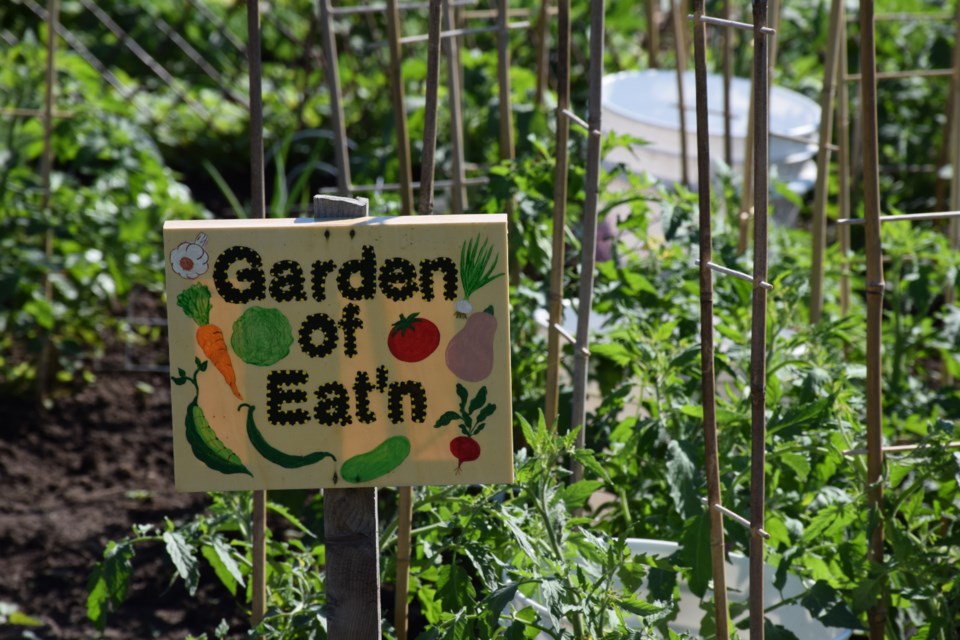Community gardens are a thing in Guelph, and have been for a long time.
A patch of common ground, sometimes no bigger than a few square metres, with a few as big or bigger than a soccer field, that serve as places to grow food for those who don’t have access to garden land.
Community gardens are often run by social organizations that offer food programs for those in need. Others are overseen by neighbourhood groups eager to foster a sense of community and communal urban agriculture.
Perhaps the largest in this area is the Ignatius Jesuit Centre community garden program, with organic land divided into dozens of plots, some of them up to 2,000 square feet. The organic growing methods mean additional challenges in the early stages to keep the hungry bugs away. Many have it down to a science.
The early stages of the growing season tend to be the most intensive - at least until its harvest time. Great effort goes into nurturing young seedlings, managing infestations of bugs, picking back weeds, watering when the skies won’t, required labours to ensure the plants get a fair chance to flourish.
This photo gallery, taken early Monday morning, resulted from quick visits to six local community gardens – Ignatius, one off of Crimea Street that supports Guelph Food Bank, a tiny one in Goldie Park and another small one in Sunny Acres Park, a larger one next to Priory Park Baptist Church, and the Stephanie Drive Community Garden.
